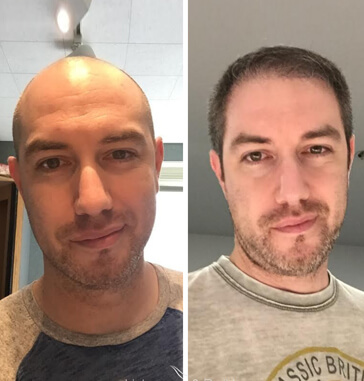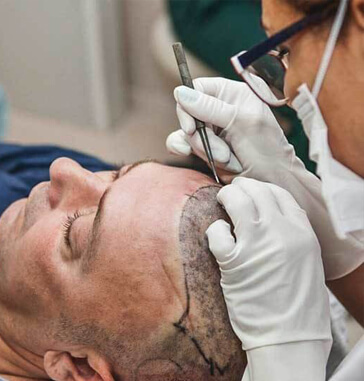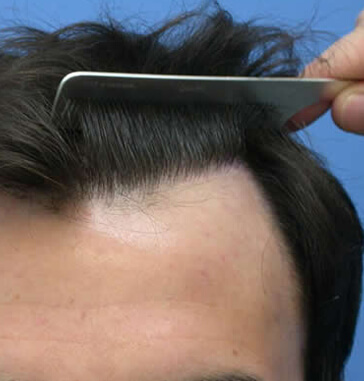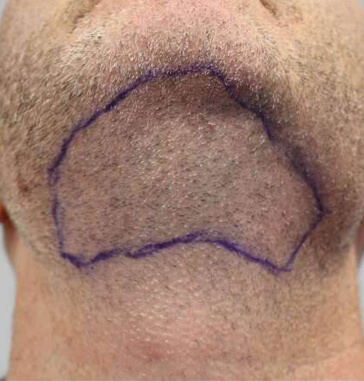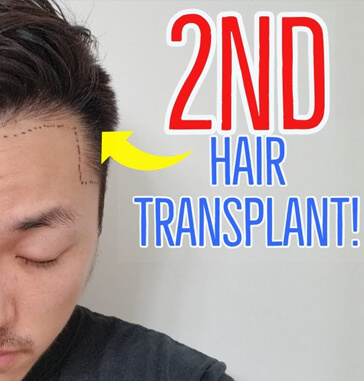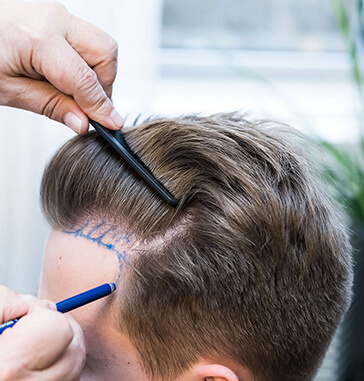What Causes Swelling After Hair Transplant?
If we would like to learn how to avoid swelling after hair transplant we should first get to know the reasons responsible for it. Many factors are contributing to swelling after hair transplant surgery. During this procedure, your doctor will inject saline into your scalp to create some kind of space in the surgical sites to perform the surgery easily. This saline helps expand the surgical sites so your doctor will implant the hair follicles efficiently. However, the saline can move towards your forehead a few days later, which leads to forehead swelling after a hair transplant.
The anesthetics can also cause swelling if your body reacts to them. Anesthetics are used to ensure that the patient feels no pain during the procedure however it is likely that the patient’s body adversely reacts to those medications. If the döşe of anesthetics exceeds the limit that the patient’s body can deal with, the risk of adverse reaction increases. Your body needs time to get rid of these drugs so the swelling may continue until your body completely removes them.
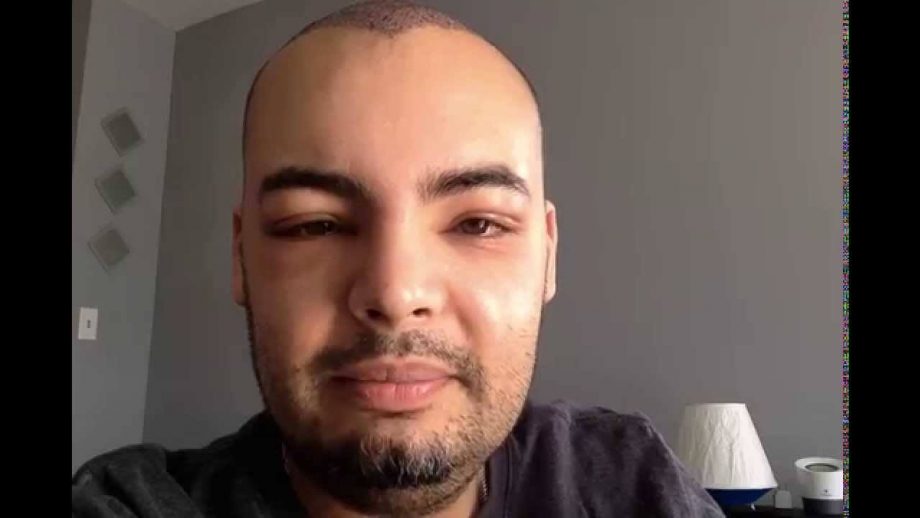
Tips To Prevent And Reduce Swelling After Hair Transplant
Swelling is just a normal part of hair transplant surgery. It even is considered a side effect by some doctors. However, you do not have to put up with it just because it is considered normal. Thankfully, there are a lot of things to do to prevent and reduce edema after a hair transplant surgery. Here are the best ways to reduce swelling after a hair transplant:
- You should avoid exercise to keep swelling at a low level. You may be regularly exercising and your body may be used to it but exercise right after surgery will only do you bad. It may also cause you to sweat which may harm the hair follicles that are in the process of holding onto the scalp. So just stay away from heavy exercises at least for a month following the surgery.
- You should also adjust your sleeping position to prevent head swelling after hair transplant surgery. It is best to keep your head elevated. You should just keep your head above your chest and should not bend down while sleeping. Sleeping position will help with face swelling after a hair transplant. You can use two pillows to keep your head elevated or put a pillow under your neck.
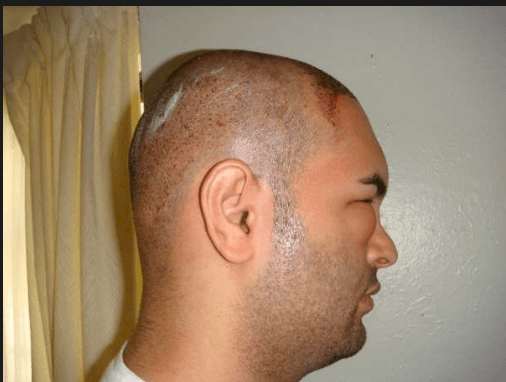
- You should eat properly to keep your body fluids at balance so nutrition is a very important factor to avoid edema. For instance, you should cut down on salt and keep a healthy diet. It is a very well-known fact that foods that are high in salt may lead to excess fluid in the body. So you just need to adjust your diet to the requirements of a recovery period hair transplant. Also drinking water will help flush out excess fluid and prevent edema.
- There are also medications that your doctor can prescribe to prevent head swelling after hair transplant surgery. You can take your doctor’s advice and use the medication they recommend; however, you should never take any medications on your own.
- You can also wear a headband following the surgery to prevent the fluids from moving down your forehead. Headbands are useful to avoid forehead swelling after a hair transplant surgery. But this method is not approved by some doctors. They propose that headbands can disturb blood circulation. Inadequate blood circulation will cause the surgical areas to heal slowly as blood is full of the necessary substances your scalp needs to thrive.

